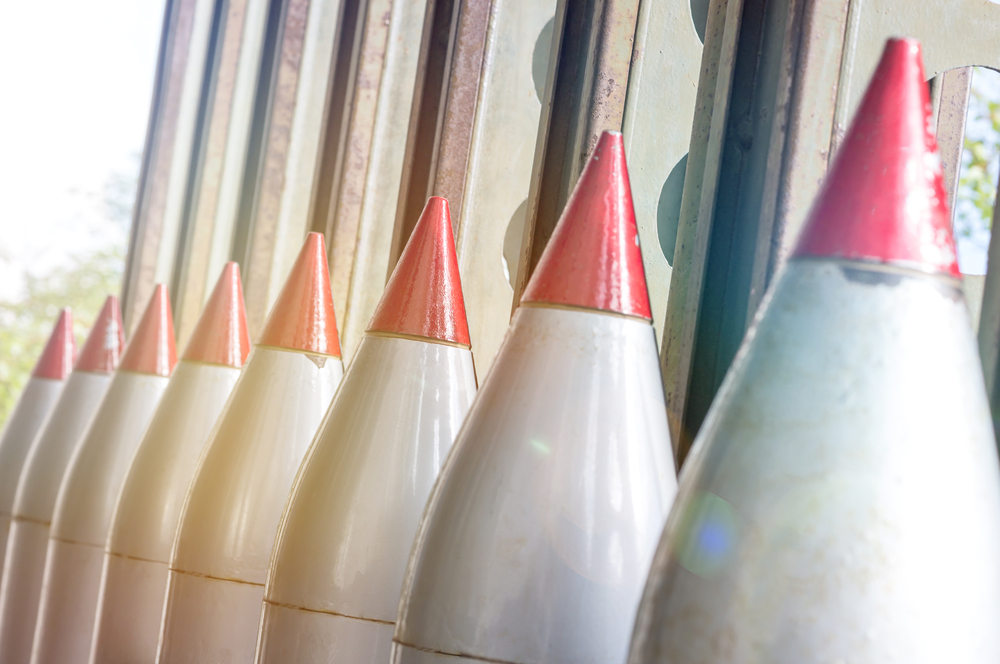
Researchers from the Sandia National Laboratories recently developed a new method for verifying attributes of a nuclear warhead, which could help address issues of conducting verification measurements while also protecting sensitive design elements.
The method, described as Confirmation using a Fast-neutron Imaging Detector with Anti-image Null-positive Time Encoding (CONFIDANTE), would aim to provide a middle ground for a warhead owner who wants to protect sensitive information and a warhead monitor who is seeking to confirm that an inspected item is indeed a warhead.
“CONFIDANTE is an implementation of a zero-knowledge proof (ZKP) as a way to demonstrate the validity of a claim while providing no further information beyond the claim itself,” Peter Marleau, a Sandia physicist who assisted in developing the method, said.
“Unlike other ZKP confirmation methods, which rely on a measuring instrument that has been pre-loaded with sensitive information, CONFIDANTE allows the monitoring party to conduct the measurement in real time without accessing sensitive design data.”
Marleau, working in conjunction with researchers from the University of California, Berkeley and the University of Michigan, tested multiple concepts that might provide a practical and verifiable ZKP implementation.
One solution used a process called time-encoded imaging (TEI), a method developed by Sandia and the National Nuclear Security Administration, which relies on encoding directional information in the time-dependent modulation of fast neutron detection rates.
According to Sandia, TEI uses a single detector within a cylindrical coded mask. As it rotates, radiation from the object is modulated by patterned apertures and mask elements on the cylinder. A single TEI detector can create an entire two-dimensional image from an object.
Only static noise is stored in the detector and host warhead owners can verify that no sensitive information would be at risk as a result. In turn, monitors can have access to TEI data in real-time.
To prove an object is indeed a warhead, Sandia said the two parties, the owner and the monitor, would need to agree on an authentic warhead, which is compared to any other object measured by TEI. That authenticity then transfers to all objects that would ever be measured.
“These tools need to be ready to go before there is an exercise or a treaty being negotiated,” Marleau said. “At that point, there is little time for research and development. I believe CONFIDANTE has the potential to open new possibilities in treaty verification. With technical solutions in place, parties may be more willing to engage in negotiations.”




